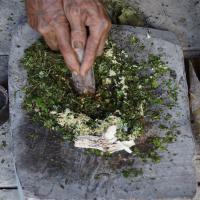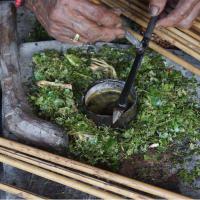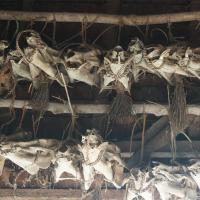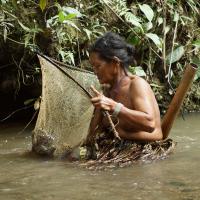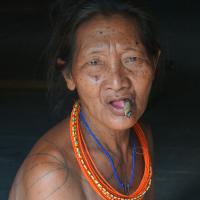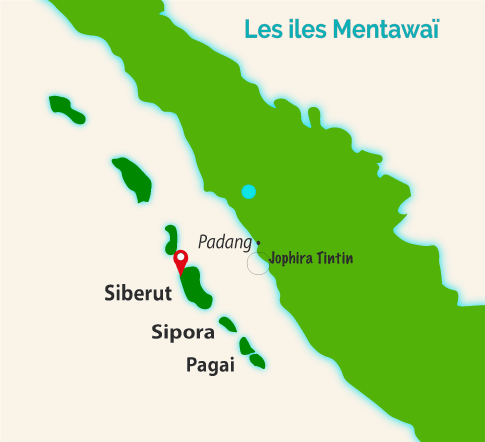Origin of the name
The name Minangkabau comes from « minang » meaning « victorious » and « kabau » meaning « buffalo ». According to legend, the name dates back to a quarrel between the Minangkebau and a neighbouring Javanese prince. To avoid a battle, the two sides agreed to settle the matter by organising a fight to the death between two buffaloes, one representing each side. The Javanese prince brought an enormous bull, but the Minangkebau slyly chose a starving baby buffalo, whose horns had been cut and sharpened to a knife-edge. Seeing the adult buffalo in the middle of the field, the baby buffalo ran to him in the hope of being fed, and the big buffalo did not feel menaced. Ducking underneath the buffalo looking for a non-existant udder, the baby inflicted mortal wounds with his horns, thus bringing victory to the Minangkebau. The profile of the roofs of the big traditional houses in Western Sumatra called « ruma gadang » (big house) represents the curve of a buffalo's horns.
A matrilinear society
A tour around the southwest of Sumatra will enable you to realise that there are as many different ways of being muslims as there are cultures in the world. The Minangkebau society constitutes the largest matrilinear (based on maternal ascendance) group in the world. Family possessions, notably the houses and rice-fields, are transmitted from mother to daughter. When a man gets married, he goes to live with his in-laws. Although they own the ground, the Minangkebau women do not hold all the power. The maternal uncle, called « mamak » is the most eminent personality in the family and is consulted for all important decisions.
The Culinary traditions
What is known as Padang cuisine, is in fact the cuisine of the Minangkebau. It is on of the best known cuisines in Indonesia. Padang cuisine is reputed for its tastiness, dishes are prepared with coconut milk and spices. It resembles Indian or Middle Eastern cuisine, notably through the use of curry. In restaurants, the waiter will bring to table a dozen different dishes, always with small helpings. The clients eat what they like, and only pay for what they have eaten. One of the most famous dishes is « Rendang » a spicy meat stew, and « saté » (beef saté in a curry sauce) is also greatly appreciated.

 Jophira Tintin
Jophira Tintin










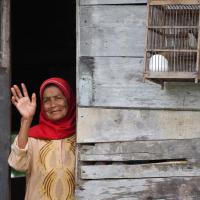






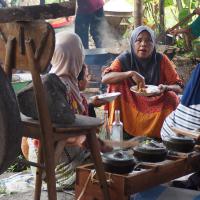

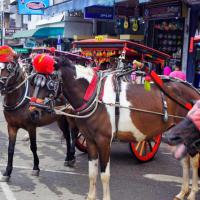

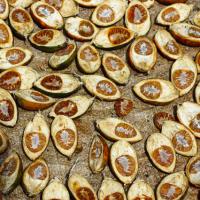
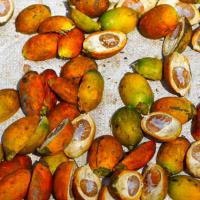






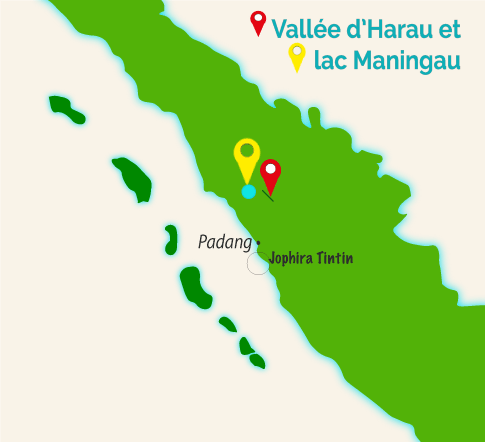

.jpg?v=1ckn57j)








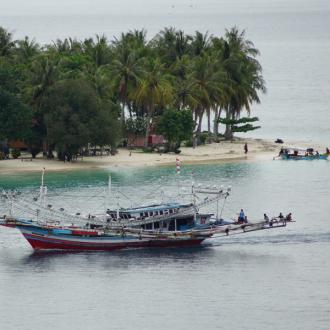






























.jpg)
.jpg)



.jpg)



.jpg)

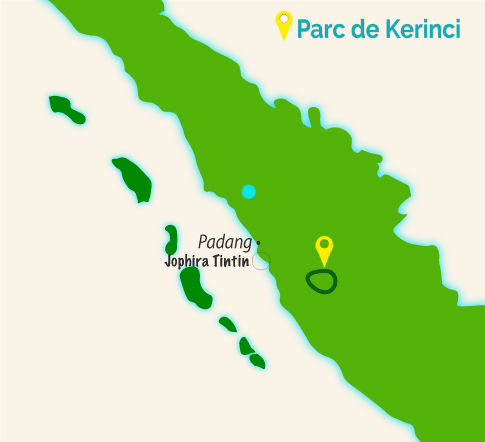
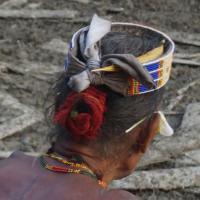





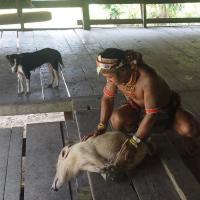
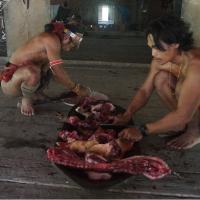

.jpg)

